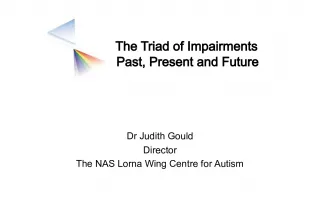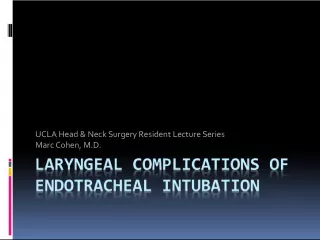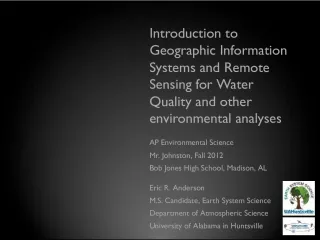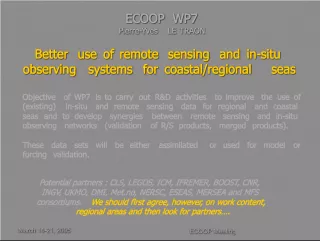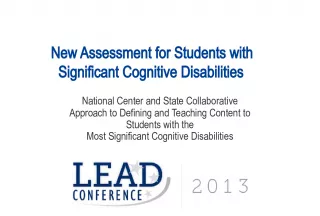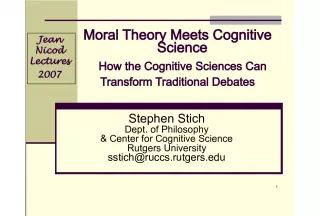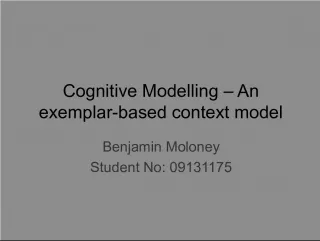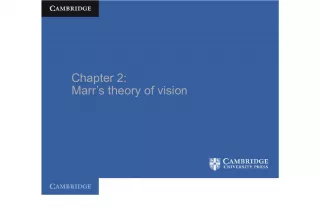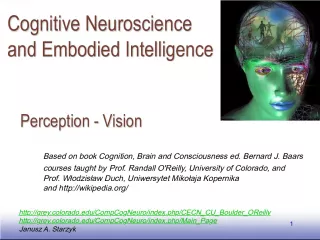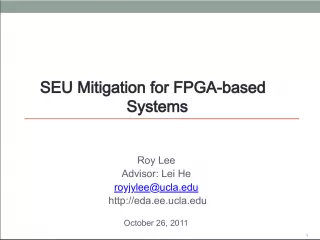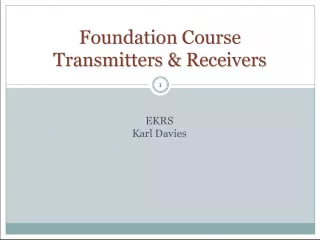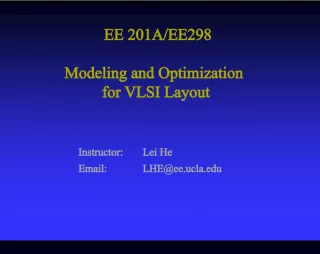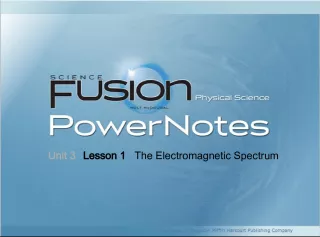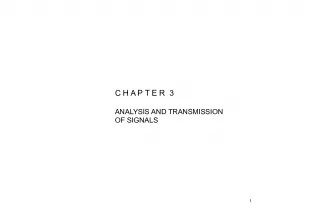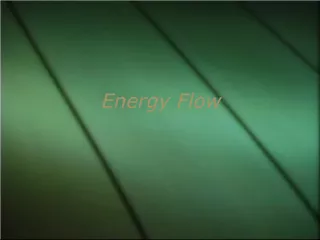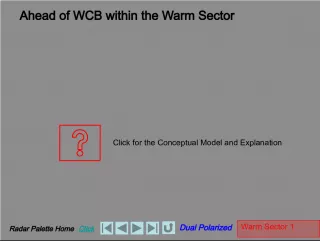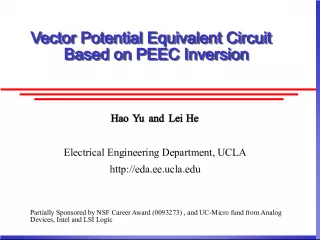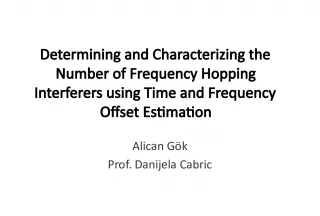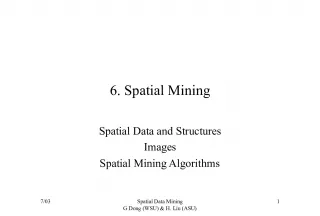Multistage Spectrum Sensing for Cognitive Radios UCLA CORES
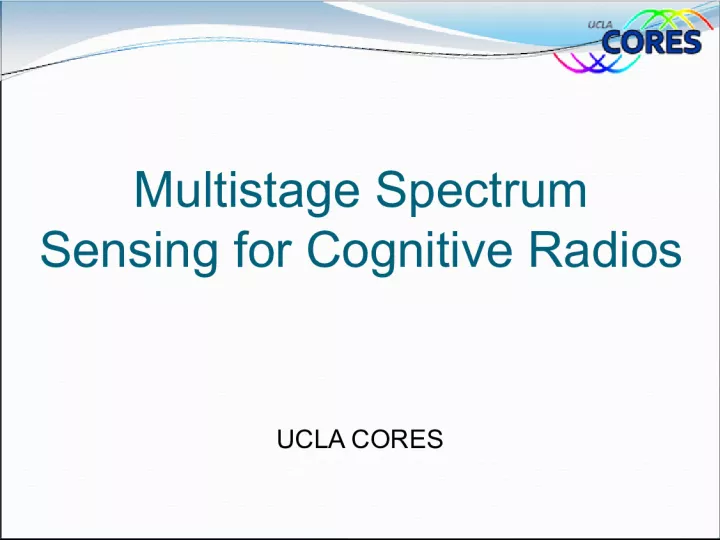

The Multistage Spectrum Sensing for Cognitive Radios UCLA CORES is a research outline that aims to address the problem of efficient spectrum sensing in cognitive radios.
- Uploaded on | 0 Views
-
 tristan1
tristan1
About Multistage Spectrum Sensing for Cognitive Radios UCLA CORES
PowerPoint presentation about 'Multistage Spectrum Sensing for Cognitive Radios UCLA CORES'. This presentation describes the topic on The Multistage Spectrum Sensing for Cognitive Radios UCLA CORES is a research outline that aims to address the problem of efficient spectrum sensing in cognitive radios.. The key topics included in this slideshow are . Download this presentation absolutely free.
Presentation Transcript
Slide1Multistage SpectrumSensing for Cognitive Radios UCLA CORES
Slide2Outline1. Introduction 2. Problem Statement 3. Proposal 4. Markov Chain Model 5. Results 2
Slide3Spectral VacancyFrequency PSD Spectral Vacancy Introduction to Spectrum Sensing The Frequency Spectrum is mostly allocated Spectral vacancies exist in: 1. Unallocated frequency bands. 2. Allocated bands where the Primary Users (PUs) are spatially absent or temporarily idle. Cognitive radios (CRs) find spectral vacancies by performing spectrum sensing. Spectrum Sensing Design Objectives 1. Maximize the CR throughput 2. Minimize delay in vacating channel for an incoming PU 3. Minimize collisions between CRs and PUs 3 Spectral Vacancy
Slide4Cognitive RadioCommunication Radio PHY RF Sensing Radio OSI Model of Cognitive Radios 4 Channel Collaborative Sensing Application Bandwidth MAC PHY RF PHY RF MAC Sensing Method Design Parameters: 1. Sensing Algorithm 2. Sensing Time Design Parameters: 1. Narrowband 2. Wideband . . . PU Traffic
Slide5Conventional Single Stage Sensing i. No PU ii. PU arrives Problem Statement 5 CR Active Sensing CR Active Sensing CR Active Sensing Time CR Active Sensing No FA False Alarm (FA) -Throughput Waste- CR Stops Transmission CR Active Sensing MD -Collision with PU- -Delay in detecting PU- No Misdetection (MD) CR Stops Transmission PU 0 T 2T 3T S S S
Slide6Multistage Sensing6 i. No PU ii. PU arrives Degrees of freedom: 1. Number of Sensing Stages (S) 2. Sensing Methods 3. Sensing Times CR Active Sensing Stage 1 No FA FA CR Stops Transmission No FA CR Active Sensing Stage 2 CR Active Sensing Stage S No FA FA FA PU S 1 S 2 S S CR Active Sensing Stage 1 MD No MD CR Stops Transmission MD CR Active Sensing Stage 2 CR Active Sensing Stage S MD No MD No MD S 1 S 2 S S
Slide7Previous Work 802.22 features 2-stage sensing: Coarse and Fine sensing. Jeon et al* propose a multistage sensing algorithm * W. S. Jeon, D. G. Jeong, J. A. Han, G. Ko, and M. S. Song, "An efficient quiet period management scheme for cognitive radio systems," IEEE Trans. Wireless Comm. , vol. 7, no. 2, Feb. 2008. Limited model; single channel, single sensing algorithm, no collaboration, simple traffic model. Literature lacks a unified analytical framework that includes Multistage Sensing 7
Slide8Proposal We introduce a unified analytical framework that models: Multistage Sensing Number of sensing stages Sensing Methods Algorithm Sensing Time Bandwidth Narrowband Wideband CR traffic models CBR – VBR Buffered – Unbuffered Goal is to analyze the impact of varying parameters on: 1. CR throughput 2. Delay in vacating channel for a PU 3. CRs and PUs collisions 8
Slide9Discrete Time Markov Chain Analysis is based on Markov Chain: Well established Math tool for modeling discrete space stochastic processes Future evolution of process depends solely on current state. Provides closed form/numerical solutions for steady state probabilities and process variables 9
Slide10Assumptions1. PUs and CRs arrive and depart at discrete times that are multiples of T 2. CRs communicating together are synchronized through a control channel 3. Time taken to switch between communicating and sensing modes is negligible 10
Slide11Model Overview Model is divided into 3 levels: 1. CR traffic level 2. Multistage sensing level 3. Spectrum Sensing level 11
Slide12ImplementationLevel 1 – CR Traffic Level 12 CR Idle CR Sensing and/or Transmitting P CR 1 - P CR Q CR 1 - Q CR P CR ≡ Probability of arrival of a CR Q CR ≡ Probability of departure of a CR P CR and Q CR are tuned to accommodate for different traffic models: CBR – VBR Buffered – Unbuffered (Buffer Size)
Slide13ImplementationLevel 2 - Multistage Sensing Level 13 CR Sensing and/or Transmitting S ≡ Number of Sensing Stages CR Sensing and/or Transmitting CR Idle P CR 1 - P CR Q CR 1 - Q CR CR Active Stage 1 CR Active Stage 2 CR Active Stage S CR Quiet PU detected or False Alarm PU misdetected or no False Alarm PU detected or False Alarm CR Active Stage i Implementation Level 1 – CR Traffic Level
Slide14ImplementationLevel 3 – Spectrum Sensing Level 14 CR Active Stage 1 PU Absent CR Active Stage i PU Absent CR Active Stage i + 1 PU Absent CR Active Stage 1 PU Present CR Active Stage I PU Present CR Active Stage i + 1 PU Present (1-P PU ).P i (1-Q PU ).(1-Q i ) Q PU .P i P PU .(1-Q i ) (1-P PU ).(1-P i ) (1-Q PU ).Q i P PU ≡ Prob of arrival of a PU Q PU ≡ Prob of departure of a PU P i ≡ Prob of False Alarm at Stage i Q i ≡ Prob of Misdetection at Stage i P PU and Q PU reflect the PU traffic model P i and Q i are tuned to describe the sensing method CR Active Stage i CR Active Stage i CR Active Stage 1 CR Active Stage 2 CR Active Stage S CR Quiet Implementation Level 2 - Multistage Sensing Level
Slide151.2. Implementation – Bandwidth Narrowband Sensing, N Channels CR Idle Multistage Sensing CR Quiet CR Idle Multistage Sensing
Slide1616CR Idle Sens. /Tx Ch 1 MSS Ch 1 Quiet Ch 2 MSS Ch 2 Quiet Ch N MSS Ch N Quiet CR Idle Sens. /Tx Ch 1 MSS Ch 2 MSS Ch N MSS Implementation 1: Implementation 2: Time CR Quiet Frequency CR Active Sensing Stage 1 CR Active Sensing Stage 1 Example: Single stage, 3 channels: Time CR Quiet Frequency CR Active Sensing Stage 1 CR Active Sensing Stage 1 CR Active Sensing Stage 1 Example: Single stage, 3 channels: Implementation – Bandwidth Narrowband Sensing, N Channels
Slide17Throughput for the NarrowbandCase 17 Simulation Configuration
Slide18Delay in finding PU18 Simulation Configuration
Slide19Implementation – BandwidthWideband Sensing 19 IDLE Tx P P 1-P 1-P N Channels Time CR Active Sensing Stage 1 CR Active Sensing Stage 2 CR Active Sensing Stage 3 CR Active Sensing Stage 4 CR Active Sensing Stage 3 CR Active Sensing Stage 1 CR Idle CR Active Sensing Stage 1 CR Active Sensing Stage 1 CR Active Sensing Stage 1 CR Quiet CR Quiet Frequency Example: Single stage, 3 channels:
Slide20Throughput for the WidebandCase 20 Simulation Configuration
Slide21Appendix21
Slide22Simulation Configuration22 AWGN independent channels. Sensing time = , where i is the stage number, L 0 = 50 us, T s = 20 ms, and δ = 2. Sensing time for the last sensing stage = T s . Energy Detection parameters: P r = -104 dBm. Noise Floor = -163 dBm. BW = 6 MHz SNR = -8.8 dB. Energy Threshold = -94.74 dBm. # of Sensing Nodes = 5. SU Arrival Probability = 0.2. SU Departure Probability = 0.2. PU Arrival Probability = 0.05. PU Departure Probability = 0.05. Switching time = 0.2xTs. 2 Channels 1000 stages. 10,000 cycles. Back
